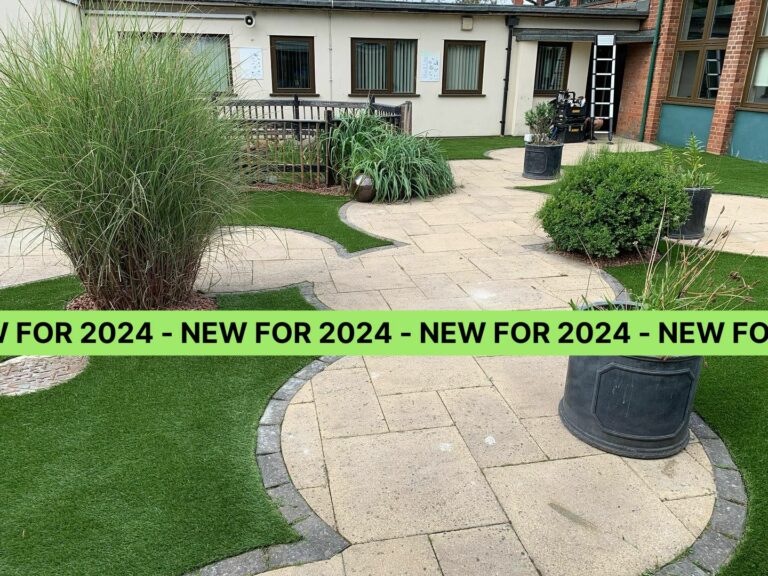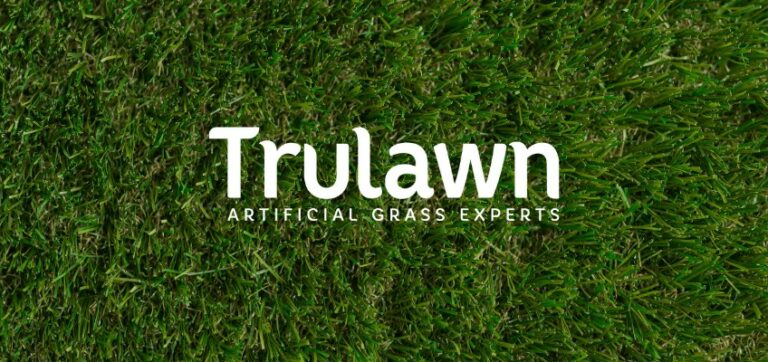There are a few different technical terms used to describe an artificial grass installation, so we thought we’d put them all in the same place for you to refer to. Whilst you might be aware of some of them, there are a few terms you might want to familiarise yourself with to understand artificial grass a bit better.
A
Adhesive – Glue used when joining two pieces of grass together
Aggregate – A collective term used in building and construction referring to the collected rock fragment, in this case used in our sub-base of type 1 limestone and sharp sand.
Astro Turf – An individual brand of grass that was first manufactured in the 1960s, which is also used as a general term to describe artificial grass.
B
Backing – If you turn the grass over you will see the backing, through which the grass is stitched and the dark plastic that covers the threaded grass.
Base – The bottom of the installation.
C
Compaction – Applying energy so that the density increases, in this case it looks like flattening. Aggregate is compacted to make the base more stable. Compaction can occur on the grass when something of weight is left on it.
Critical fall height – This is related to shock pad and refers to the maximum height of fall from play equipment to the ground. Safety surfaces like shock pad do not prevent injury but lessen the impact.
D
Drainage – The ability for water to pass through the backing and the aggregate base.
E
Edging – The perimeter of the area is edged with timber to designate the lawn boundaries as well as keep the aggregate base stable.
Excavation – Digging up the existing lawn to a depth of between 60mm and 80mm
F
Flame retardant – a material with added compounds that suppress or make it difficult for flames to spread.
G
Grano dust – Grano dust is compacted and used as a layer in the sub-base of artificial lawns. It is a permeable layer that allows for water to drain through.
Guarantee – An assurance that certain conditions will be met on either works done, product or both. Our guarantee covers the grass against rot degradation and UV fading as well as our own workmanship for a select period of time.
H
Haunching – When you have a patio or paving you use concrete haunching to make sure that the grass will meet all the way up the edge. If you use timber against concrete there is a chance that weeds will grow behind the timber if the paving moves or shifts.
I
In-fill – This is something that is added to the surface level of the installation (on top of the grass) to weigh it down or to keep the pile vertical. Some grasses are dense enough not to need an in-fill.
Installation – This is the process of putting in the grass.
J
Jointing – When you fix two pieces of grass together.
K
L
Limestone – This is one of the layers of aggregate. It is a permeable, sedimentary rock perfect for allowing water to pass through.
M
N
O
P
Pile Height – This is the height of the grass from the backing to the surface. Simply put, how long the grass is.
Polyethylene – A lightweight plastic polymer that is tough as well as flexible. It has as a structure that gives it tremendous bounce back ability
Polypropylene – A lightweight plastic polymer that is tough as well as flexible. Two of our grasses are made with a combination of polypropylene and polyethylene.
Q
Quote – This is a monetary amount put forward to supply and/or install the grass.
R
Rubber edging – This is a type of sloping edging that you can edge around the grass to ease transition between two different surfaces and reduce trip hazards.
S
Seam – The place where two pieces have been joined together.
Seaming tape – When two pieces of grass need joining together, seaming tape is rolled out and adhesive is spread on the top. The two pieces are then carefully placed together and are joined by the tape.
Sharp Sand – This can be used as an alternative to grano dust, as part of the draining base underneath the grass.
Shock pad – This is a spongy safety surface installed under the grass and mostly in schools and play areas. It is meant to reduce the severity of injury should a child fall. (see critical fall height)
Square metre (m²) – this unit of measurement is how we measure our lawns, and the measurement by which the grass is sold. 1m is 100cm. A square metre is the length x width.
Stitch rate – The number of stitches at a fixed distance. E.g Luxury has 16 stitches in 10cm.
Supply only – If you only need the grass, and not the installation, then it is a supply only situation.
Surveyor – Surveyors measure the area of the land, taking note of boundaries and contours to eventually provide a quote on the works requested.
T
Tanalised Timber – a treated timber that is will not degrade used for edging the perimeter of the lawn.
Turf cutter – This is a piece of equipment used to cut the ground to make it easier for removing grass in the excavation process.
U
UV stabilised – This means it is stabilised against fading under the ultraviolet rays found in sunshine.
V
W
Weed membrane – A lightweight, but tough covering laid on top of aggregate to stop weeds popping up under the grass.
Whacker plate – This is the piece of equipment used to compact the aggregate.
X
Y
Yarn – The thread, or fibres of the grass
Z



